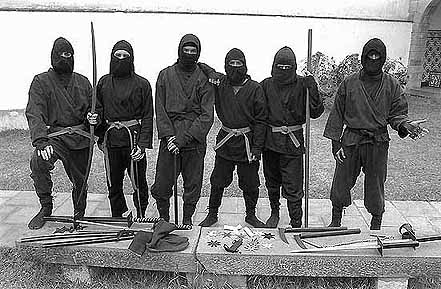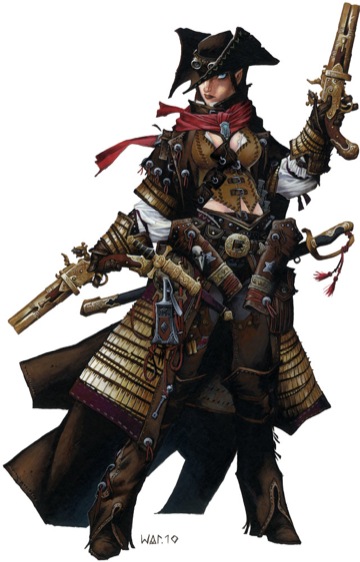Since I've had to tell the tale a few times now, I decided that this story warranted a posting. For those of you that don't know - in late 2007, Wizards of the Coast announced that they would be discontinuing version 3.5 of Dungeons and Dragons. What followed was a rift between the game's lead designers. Some embraced the idea of a 4th edition to the game, a complete revamp. They would go on to begin production of 4th edition - the edition currently in print by WotC. The rest, however, didn't agree that 3rd edition should be scrapped. They quit their jobs at Wizards, and started formulating a sort of "3.75" addendum to Dungeons and Dragons. This 3.75 would become pathfinder.
So now, in 2011, what has Pathfinder become? A recent online poll showed that more people are leaving 4th edition than ever in favor of Pathfinder. But why? Answering that, and convincing you and your friends to switch over to Pathfinder is one of the goals of this blog.
Pathfinder took the 3.5 edition of D&D and gave it a comprehensive overhaul. Each of the 12 core classes have been changed and refined, a majority of the changes allowing previously unpopular character options (fighters, monks) their own chance to shine. Game mechanics remain the same for the most part, each round consists of a standard, move, swift and free action -- but some of the mechanics
have been adjusted.
Grappling has been simplified with the addition of CMD and CMB, Combat modifier defense and bonus respectively. CMD represents how hard it is for opponents to get a hold of your character, to grapple, disarm or trip you. While CMB represents how easy it is for you to preform those actions on your enemies. By removing the complex equations revolving around grappling and other maneuvers, and streamlining them into a simple roll and response stat block, this is one of the huge advantages Pathfinder has over 4th edition.
Also, Pathfinder has introduced a bevy of new and exciting feats, giving characters countless new options for how to spend their standard action. There are new skills, spells and items, and new rules involving each. Hide and Move Silently have become Stealth, and Spot, Search and Listen have melded into Perception. There are numerous other changes I could list, but you're better off to check them out yourself.
All of the Pathfinder books are available at http://www.d20pfsrd.com and a complete listing of all current core material (plus short descriptions is posted below). So is Pathfinder better than 4th edition? It's hard to say. Personally, however, I believe so. As this blog grows and evolves I'll be commenting more and more about the pros and cons of each system, as well as highlighting some of the best parts of Pathfinder. If you like what you see here, subscribe and follow and I'll see you next time!
Pathfinder Core Rulebook - This book is both a players handbook and a dungeon masters guide, and includes everything mentioned in the above post.
Pathfinder Gamemastery Guide - This book has NPC options and tons of information for game masters and players, but is mainly for people looking to be better gm's
Pathfinder Bestiary 1 & 2 - Each of these includes hundreds of new (and old) monsters presented in a sleek, easy to read format. They are well organized and can be far more challenging than their 3.5 counterparts. Either book is worth picking up if you're getting into the system.
Advanced Player's Guide - This book contains 6 new base classes for players, as well as new prestige classes, class options, feats, items and spells. A must have for any player.
Ultimate Magic - This book contains a new base class, the magus, the dual weilds spells and a one handed weapon. It also has new spells and spell oriented feats.
Ultimate Combat - Their latest book, it contains 3 new base classes (gunslinger, ninja, and samurai), tons and tons of feats, equipment and some combat oriented variant rules. One attractive part IMO is the called shots mechanic, essentially taking a -5 to -10 penalty on an attack to hit a specific part of the enemy and severely wound them.


